What’s in a name?
Boothby Wildland, April 2024
Local knowledge is a wonderful thing. Communities not only share a passion and interest of where they live, but they also have collective memories. And the vernacular naming of paths, fields, roads and buildings is part of that living heritage.
Field names are a great example of local practical, cultural and personal knowledge being applied to parcels of land. Around Boothby Wildland there have been 30 or more names associated with farmers’ fields over the years. Whether you’re talking about ‘Scotland’ or ‘Big Mount’, ‘Extons’ or ‘Seato’, each name conjures either a link to a farmer or relates to a physical/cultural connection.
Amanda Dixon, a keen historian and local landowner for nearly 50 years (who farmed 1,000 acres), knows the back story about some of the more unusual field names around Boothby Wildland.
Roundhills: “Named for the circular iron age hill fort that is a scheduled ancient monument – it’s just north of Ingoldsby Wood. There were originally barrows (burial sites) around the circle (and were in fact noted in a 1782 map) but they had disappeared by 1855.”
Big Red Hill: “This is really interesting: the field is the site of an old battle. Maybe it was more of a skirmish or altercation… but we do know it was after the Civil War and when the royals came over from Holland. There were about 30 men on each side and the ‘red’ bit of the name links to the blood from the battle – in the past, small cannon balls and musket balls have been found to back up the fact.”
Big Mount Farm and Top: “Ironically, the ‘big’ in this field name relates to the largest field for what was actually a very small farm. Mount Farm is a small farm to the south of Boothby Woodland, but these were its biggest plots.”
First Scotland: “The name doesn’t have associations to the country! Rather, there are two other connections here. One is that this field is in the small village of Scotland to the east of Boothby. The second is that ‘scotland’ comes from the land having once been free land and exempt from tax (as in ‘scot-free’). It was one of the first fields locally to be established as part of the Enclosure Acts (1604–1914).”
Top and Bottom Platts: “Platts is an old English variation for ‘plot’. But historically these fields were used for hazel coppice as the soil is poor there: farmers would have needed a lot of wood for structures, buildings and farming supplies, so having access to a hazel coppice would have made great sense.”
Mudwells: “Unsurprisingly, this name relates to the quaggy soil – a lot of clay, but when the conditions are right, it can produce some good crops.”
Seato: “This name may be a derivation of the word ‘setose’, which means covered with bristles. The field has a stream that drains off the land, and a lot of thorns and brambles seem to love it there.”
Witherns: “Reflects the link to withies, as in willows. They grow very well here and the ground, as you’d expect, is quite wet – so ideal for willow.”
Kirk Hill: “Kirk is a Scottish word for church. This field has views of the Lower Bitchfield church, which has Saxon foundations.”
Local history brings a richness and interest to any community. Understanding the backstory to the land helps the team at Boothby Wildland get to know the site even better and learn from the past. As field names change – and shapes may alter – this living history is something that we celebrate and love to know more about.
If you have any information about the land and field names at Boothby Wildland, email the team: Boothby@nattergal.co.uk

